During the development process of human rights in international level, the Vienna Declaration-1993 called on the UN member states for the establishment of independent and autonomous national human rights institutions. With the political change in 1989, therefore, the protection and promotion of human rights was accepted as the state policy although the inception of the national human rights institution didn’t turn out to be as easy as it was anticipated. As a result, the National Human Rights Commission Act – 1996 was enacted following the vibrant civil society movement by human rights workers, legal professionals, media, civil society, intellectual community and professional organizations demanding the establishment of National Human Rights Institution. Even after four years of the enactment of the Act, the National Human Rights Commission could not be brought into existence.
The National Human Rights Commission was established on 26 May 2000 following the series of initiatives by the parliament, peaceful agitations, concerns raised by the international communities and mandamus order of the Supreme Court. The Interim Constitution of Nepal (2007) elevated the NHRC to a constitutional body and broadened its mandate relating to the protection and promotion of human rights, entrusting the commission with functions and powers covering a broad range of human rights issues. The Constitution of Nepal (2015) has given the continuity to the Commission as the constitutional body with the provision set forth with regard to the institutional establishment, functions, duties and power of the Commission as per the Article 248 and 249. Nepal’s new Constitution, adopted in September 2015, recognizes ‘the martyrs, the disappeared citizens and the victims’ of Nepal’s decade-long conflict. It promises a new polity driven by values of equality, inclusiveness, social justice and the rule of law, where ‘civil liberties, fundamental rights and human rights’ would be recognized.
Ironically, just as the Constitution was being debated in Parliament, Madhesi and Tharu protesters were agitating for greater inclusion and protection against State discrimination experienced by the people living in the Terai, a region in the South of Nepal bordering India. The State responded to their protests with brute force: according to some estimates, dozens of protestors lost their lives because of the excessive use of force by the Nepali Police and the Armed Police Force; scores of protesters were and continue to be unlawfully detained; and many others were subjected to torture and other ill-treatment (AHRC, 2016). Human rights organizations have been demanding independent investigations into these allegations but the Government has thus far resisted these calls. In the backdrop of the State’s clampdown on the Madhesh movement in the Terai is the persistent failure of the Government to provide justice for the victims and families of the thousands of Nepalese who were subject to extrajudicial execution, enforced disappearance, torture, rape and other gross violations of human rights during the course of Nepal’s conflict.
Nepal faced a long and brutal civil war from 1996 to 2006. Human rights groups estimate that at least 13,000 people were killed; 1,300 people were ‘disappeared’; and countless others were subjected to gross human rights violation and abuses including sexual violence and torture and other ill-treatment by both parties of the conflict during this period (UN High Commission, 2012) A Comprehensive Peace Agreement (CPA) put an end to the conflict on 21 November 2006, with both sides agreeing to hold perpetrators of human rights violations accountable and provide remedies and reparation to victims. More than ten years later, however, these promises still have not been met. In post-conflict Nepal, like in the years preceding the civil war, political expediency has trumped calls for justice and accountability. Mechanisms adopted for transitional justice such as the Truth and Reconciliation Commission (TRC) and Commission on Investigation of Disappeared Persons (CoID) to investigate cases of enforced disappearance fall short of international standards, despite the reinforcement of such standards by directions of the Supreme Court.
The continuing failure to address egregious violations has emboldened perpetrators of human rights violations, who know that they can, and nearly always will, escape accountability for serious crime. Impunity, therefore, lies at the heart of the rule of law crisis in Nepal. It links the horrific violations during the conflict to the simmering tensions in the Terai today, and is one of the major obstacles to the creation of a stable and legitimate democratic government in Nepal. Lingering instability affirms experiences from around the world that a climate of impunity undermines efforts establish democratic governance driven by respect for human rights and the rule of law.
National Mechanism for Accountability
It is very essential to understand that the transformation of Nepal is not merely about transforming the system of governance. It is also about transforming the national values. Transitional justice consists of two entirely opposing ideas, that of prosecution and forgiveness. Prosecution, the concept which is readily identified with transitional justice, is characterized by criminal trials and sanctions. Addressing past gross human rights violations requires prosecution to ensure justice to the victims and to protect a sustainable peace. Without justice, there is no stability, and without stability we cannot move to the dream stage of economic acceleration and development.
The significance of prosecution is generally understood in the form of retribution. Prosecution is of far greater importance to past human rights violations than mere retribution. Prosecution of past human rights violations represents the commitment and strength to address the past and a desire to include victims and perpetrators, losers and winners, in the future. Prosecution assists the transformation process by dislodging the former rule and bringing out public condemnation of the past along with the symbolic legitimization of the new rule. Hence, prosecution is a very important symbol of societal transformation.
Furthermore, the resolve for change and transformation should not rest on un- remedied injustices and disregarded victims. Apart from being evils of a just and fair society, impunity, un-remedied injustices and disregarded victims may hinder the transformation process–even in the case of change, they still rob the change of legitimacy. In this regard, prosecution of past human rights violations contributes not only to ensuring justice but is also a corollary to the delivery of justice, thus helping to alleviate distrust and anger in the society (Scharf Micheal 1996).
It sets an important precedent and sends signals to all members of society that the law of the state is superior to that of individuals. The value of such a signal is immense since it will create an enduring tradition of respect for and adherence to rule of law, which is one of the bases of democracy and peace. Despite the fact that Nepal has made commendable strides in the ratification of various international conventions, arrangement of human rights provisions in the constitution and laws and development of the National Human Rights Action Plan (NHRAP), the implementation of conventions and treaties including the NHRAP in practical term is in dismal state. Various periodic reports on human rights have not been submitted to the concerned committees in time. Following mechanism have been developed by the state to protect human rights and make the violators of human rights accountable.
1 Normative Framework
- The Constitution:
The Constitution is the fundamental law. It keeps democracy, peace, prosperity, progressive economic-social changes and sovereignty, integrity, independence and dignity of the country as the central concern and provides a political system that fully upholds, inter alia, the universally recognized basic human rights and establishes rights of all citizens to education, health, housing, employment and food sovereignty. Its cardinal focus is on social and ethnic inclusion, constructive recognition of diversity and attainment of social justice through inclusive, democratic and progressive restructuring of the state. The Constitution with a comprehensive catalogue of fundamental rights is the basic source of human rights. It incorporates almost all the rights set forth in the Universal Declaration of Human Rights (UDHR) and the rights and obligations enshrined in human rights instruments to which Nepal is a party. Concretely, it provides for twenty-one different rights as fundamental rights including those enshrined in the International Covenant on Civil and Political Rights (ICCPR) and International Covenant on Economic, Social and Cultural Rights (ICESCR).
- Laws:
The Civil Liberties Act, 1954 and the Muluki Ain (Civil Code), are important general laws. The Civil Liberties Act guarantees various civil and political rights, including equality before law and equal protection of law, as well as right against discrimination on grounds of religion, race, sex or otherwise. The Muluki Ain is a general law for both civil and criminal matters. It has repealed the traditional caste system and also attempted to end caste-based discrimination by eliminating untouchability and caste hierarchy. The GON has delivered new civil code and penal code which will, further help protect human rights. Specific laws have been enacted to protect and promote other specific rights, for example, the rights of the child, women’s rights, right against torture and rights of persons with disabilities (PWDs).
- Compensation Relating to Torture Act 1996:
As discussed earlier (see section 2.6), torture and other ill-treatment are not specifically criminalized in Nepal. The existing legislation related to torture is the Compensation Relating to Torture Act 1996 (CRT), which establishes a civil remedy for victims of torture to claim monetary compensation.
The Government cites, before national and international fora, the Compensation Relating to Torture Act as an effective preventive and deterrent measure against the practice of torture, which is problematic for a number of reasons: first, the CRT envisages only departmental action against those found responsible for torture and does not contain any provisions for criminal responsibility; second, the definition of torture under the law is at odds with international standards; third, the conception of reparation for victims of torture is overly restrictive as it confines reparation for torture to compensation only; and fourth, it sets a limitation period of 35 days from the date of torture was allegedly perpetrated or the date of the victims’ release from detention to file claims under the law.
Observations of the UN Special Rapporteur on torture, who visited Nepal in 2005, remain true more than ten years later. According to the Special Rapporteur, the sanction of ‘departmental action’ against perpetrators provided for in Nepali legislation (such as demotions, suspensions, fines, delayed promotions, etc) is so grossly inadequate that any preventive or deterrent effect that may have been envisaged is meaningless in practice (Special Rapporteur, 2006). The Special Rapporteur was also of the view that the CTA actually prevented and discouraged torture victims from seeking and receiving justice for torture and ill-treatment. Furthermore, according to human rights groups, victims of torture are rarely able to access compensation. Since the enactment of the CRT, out of 160 cases filed by the Centre for Victims of Torture, Nepal, only eight have resulted in victims receiving some compensation (UN Doc A/66/44, Part 2(b) (iv)).
Due to this lack of access to justice and redress, victims have lost confidence in the judicial system and have become increasingly reluctant to bring compensation cases to court. In cases where victims obtain some form of compensation, it is usually awarded with significant delays. The compensation amounts provided are very low, ranging from 10,000 Nepali Rupees ($100 USD) to 100,000 Nepali Rupees ($1,000 USD), which is not sufficient to cover the costs of their physical and psychological rehabilitation. Lawyers also point out other problems in the implementation of the law, including: refusal by the police to initiate action; pressure on the victims to reconcile with the perpetrators; and threats and intimidation to withdraw complaints (Jha Dipendra 2015).
- Policies:
Nepal has pursued separate policies and programs on human rights, with special focus on social inclusion of the marginalized or vulnerable groups or communities. The Three-Year Interim Plan, 2007/08-2009/10 (the TYIP) has set Nepal’s long-term vision on poverty alleviation and human rights as to build an inclusive, just, democratic and prosperous nation based on human rights culture. The human rights policies aim to ensure human rights for all, by creating a favorable environment for all to live with human dignity, developing human rights culture, alleviating poverty and ending all forms of discrimination, violence and exploitation. Also in pursuance of the Vienna Declaration and Program of Action 1993, Nepal has to implement a periodic national human rights action plan, formulated in collaboration with the civil society. It has developed collective ownership for the promotion of human rights through integration of human rights programs into development plans.
2 National Jurisprudence
- Domestication of International Law:
The Nepal Treaties Act, 1990 provides that any provision of law that is inconsistent with a treaty ratified by Parliament is, for the purposes of that treaty, invalid to the extent of inconsistency, and the treaty applies.
- Rulings and Principles Laid Down by Judiciary:
The Constitution recognizes the judiciary as one of the three pillars of the state. The Constitution specifies its powers, lays down a framework for its independence, and determines its basic features. It provides for structure of courts in a three-tier hierarchy- Supreme Court (the SC), Appellate Courts and District Courts. There are over 100 judicial bodies including regular courts, special courts and tribunals.
The Constitutional Council is a mechanism to recommend also for the appointment of the Chief Justice of the SC, while the Judicial Council is to make recommendation and advice on the appointment of, transfer of, disciplinary action against, and dismissal of, judges and other matters of the district courts and appellate courts, and the appointment of other justices of the SC. The SC has played a lead role in promoting and protecting human rights through its various judgments. The principles and rulings laid down in such judgments, made in relation to a wide array of human rights including economic, social and cultural rights and the rights of the child and women, portray the human rights jurisprudence developed by the SC. The SC declared ultra vires many legal provisions relating to facilities in prisons, equality and non-discrimination. In a range of areas such as women’s rights over parental property, rights against sexual harassment and marital rape, it has issued directive orders for formulating necessary enabling laws or streamlining laws to tune them with the constitutionally guaranteed rights.
4.2.3 National Institutional Framework
- National Human Rights Institutions:
The NHRC was established in 2000 as an independent statutory body. The Constitution has upgraded it into a constitutional body consisting of one chairperson and four other members appointed for a six-year term, and the formation and mandate of which is in full conformity with the Paris Principles. In the appointments of the members of the NHRC, diversity and inclusion of women have been maintained. The NHRC Act defines “human rights” as the rights relating to life, liberty, equality and dignity of the individual guaranteed by the Constitution or embodied in the treaties joined by Nepal. The NHRC is to ensure respect for protection and promotion of human rights, including their effective implementation. To this end, it can exercise a wide array of investigatory, supervisory, directive and recommendatory powers. Importantly, it can record any official or body defying its recommendation or direction as a violator of human rights, and issue an order for the provision of compensation to the victims. A bill to implement constitutional provisions on NHRC is being considered by the Legislature-Parliament.
The NFDIN was established as an autonomous statutory body, by the National Foundation for Development of Indigenous Nationalities Act, 2002, with the main objective of ensuring the overall welfare of the indigenous nationalities. Various provisions in the Constitution have boosted up the NFDIN in empowering the indigenous/ethnic nationalities for protection and promotion of their religious, linguistic, cultural and political rights.
The NWC was established as an autonomous statutory body, by the National Women Commission Act, 2007, for the protection and promotion of the rights and interests of women, including their effective inclusion in the development mainstream. It has recommendatory and investigatory powers. It consists of one chairperson and four members appointed by the GON, having due regard to inclusion from the minority communities.
- Office of the Attorney General:
The Attorney General represents the GON in all courts. On a petition or receipt of information that any person in custody is treated inhumanely or disallowed to meet his or her relative or legal practitioner, the Attorney General can inquire into the matter and give necessary directive to the concerned authority to prevent such act.
- Human Rights Committee in Legislature-Parliament:
The International Relations and Human Rights Committee of the Legislature- Parliament gives necessary direction and suggestion to the GON, and evaluates and monitors governmental activities on human rights. It considers and deliberates on annual reports of the NHRC and the Attorney General, and reports to the House of Legislature- Parliament indicating whether desirable progress has been made, whether violators of human rights have been brought to justice, whether status of implementation of human rights treaties joined by Nepal is satisfactory and what sorts of policies need to be implemented in this field.
- National Information Commission (NIC):
The NIC is a statutory body established under the Right to Information Act, 2007. It hears appeals against decisions by public bodies in relation to citizens’ demand to have access to information in such bodies. It is empowered to provide effective remedies on the enforcement of the right to information, by also ordering for making reasonable compensation to the aggrieved party and taking departmental action against the defaulter.
- Government Institutions:
The Ministry of Peace and Reconstruction (MOPR) has supported initiatives for constructive conflict management, promotion of participation of all spheres of society in the peace process, forging international support to sustain the peace process and ensure transitional justice to conflict victims. The MOPR has reconstructed 1,411 out of the 5,560 infrastructures damaged due to conflict, provided financial assistance to the families of 14,064 out of 16,729 deceased, distributed reliefs to 25,000 out of 78,689 internally displaced persons, reliefs to 1,179 out of 1,327 disappeared persons, and subsistence allowance to 23 persons injured in the People’s Movement.
The Ministry of Women, Children and Social Welfare (MWCSW) is responsible for the formulation, implementation, monitoring and evaluation of policies, plans and programs on women, children and social welfare, and also for the protection and security of orphans, helpless children, women, senior citizens, persons with disabilities. It mobilizes and coordinates with national and international NGOs in their activities within its purview. A national CEDAW committee is putting in place necessary measures to effectively implement the CEDAW (CEDAW, 2011). The MWCSW prepared a strategic document on gender and social inclusion in 2006, which has been instrumental in mainstreaming gender and promoting equality at the national level organizations.
The Ministry of Law and Justice (MOLJ) is the sole governmental agency responsible for drafting legislation, and reviewing and reforming legal system, administration of justice and judicial system. It also provides legal opinions to other line ministries on joining international treaties, acquisition of membership of international organizations and international legal obligations.
The Ministry of Home Affairs (MOHA) is basically responsible for the maintenance and enforcement of law and order. It is executing a Special Program for Effectiveness of Peace and Security, End to Impunity and Defending Human Rights, 2009 accompanied by a code of conduct founded on the norms of human rights, for security personnel and employees involved in the enforcement of this Program.
- Commissions of inquiry:
Nepal’s decade-long armed conflict ended in 2006, leaving behind thousands of unresolved cases of gross human rights violations and abuses and serious violations of international humanitarian law committed by both parties to the conflict: The Government, including the then Royal Nepal Army; and the Communist Party of Nepal (Maoist). These abuses include unlawful killings; torture, including rape and sexual violence, and other ill-treatment; and enforced disappearances.
The Government responded to widespread calls for accountability for human rights violations during Nepal’s conflict by enacting the Commission on Investigation of Disappeared Persons, Truth and Reconciliation Act in 2014. Pursuant to the Act, two Commissions of Inquiry (COIs) were established in February 2015: The Truth and Reconciliation Commission (TRC), which has a mandate over extrajudicial killings, sexual violence, torture and a range of other serious crimes committed during the conflict; and the Commission of Inquiry on Disappeared Persons (CoID), which has a mandate specific to enforced disappearances. The COIs were established initially for a two-year period but, in February 2017, their mandates were extended for one more year.
Transitional justice literature indicates that both trials and truth commissions play important roles in truth establishment. This is significant, as clarification of the truth about past events is considered essential for transitional societies to come to terms with their pasts, to prevent recurrences of atrocities, and to move forward to a reconciled future (Mark Imbleau,, 2004).Trials deliver truth in specific cases, identifying the circumstances of particular crimes and those responsible for their commission. In contrast, truth commissions work to provide an overarching view of past violations, which encompasses the structural causes, broad patterns of violence and the intellectual authors of it. Finally, the work of trials and truth commissions can contribute to the longer-term objectives of reform and non-repetition. The very creation of both mechanisms is indicative of a break with the past, an acknowledgement that past abuses were wrong and an attempt to re-establish the orderly functioning of the state.
Despite repeated Supreme Court rulings that any mechanism for transitional justice must conform to international standards and lead to accountability for gross human rights violations (ICJ, 2015), these commissions continue to have a legally flawed mandate which, among other problems, allows the commissions to recommend amnesties for gross human rights violations. In addition, the legislation establishing the commissions does not provide sufficient guarantees for the independent and impartial operation of the commissions and the Commissioners, keeping open the possibility of political pressures interfering in their work (ICJ, 2014). Because of these reasons, the UN Office of the High Commissioner for Human Rights (OHCHR) has also refused to provide technical support to the COIs (OHCHR, 2014).
An analysis of the operation of the COI’s since February 2015 shows that problems go beyond a legally flawed mandate. Meager resources and capacity, coupled with lack of political will to hold perpetrators to account, have been major hurdles in the ability of the commissions to discharge their functions. For example, under their respective laws, the COI’s are empowered to go door to door to victims to collect allegations of human rights violations and carry out investigations. In many cases, however, they have failed to do so even now that they are in their third year of operation.
This has resulted in putting the burden on victims, who have had to travel long distances without any provision for reimbursement of travel costs, to register cases with the commissions. While provisions exist for registering complaints through post or email, many victims are unaware of this option. Furthermore, ICJ’s interviews with victims’ groups revealed that victims are also deterred from registering their allegations with the COI’s because of threats, intimidation and pressures exerted by the political parties affiliated with alleged perpetrators. Victims’ groups have also raised concern about the secrecy and opacity with which the COI’s operate. According to information given to the ICJ, and media reports, the TRC has thus far received more than 58,052 complaints and the CIED has received 2,874 complaints. There is, however, no procedure in place to track the progress of these cases.
Nepal has a long history of establishing Commissions of Inquiry to investigate matters of public importance, including allegations of gross human rights violations. Though ostensibly formed to provide a measure of public accountability, more often than not COIs have promoted impunity by diverting investigation of human rights violations and crime from the criminal justice process into a parallel ad hoc mechanism vulnerable to political interference and manipulation. In a number of cases, the Attorney General’s office has refused to prosecute conflict-related crimes on the basis that only the COIs have the mandate to recommend cases for action (ICJ, 2012). This is despite Supreme Court rulings that transitional justice systems may complement the regular criminal justice system, but cannot replace it (Madhav Kumar Basnet v. Government of Nepal).
Despite the embedded institutional problems with investigation and prosecution in the regular criminal justice system, civil society groups continue to see COI’s as their only hope. In response to protest-related violence in the Terai, in which reportedly at least 34 protestors and bystanders were killed because of excessive use of force by the Nepali police and armed police force, human rights organizations including the Terai Human Rights Defenders (THRD) Alliance demanded a commission to investigate the allegations (AHRC, 2016). In July 2016, the Government announced its intention to form a COI but, as of June 2017, terms of reference and commission’s composition and mandate have not been made public.
- Special court for the trial of conflict-era human rights violations:
Linked to the CIED, a provision for the establishment of a special court for the trial of conflict-era human rights violations can be found under the Commission on Investigation of Disappeared Persons, Truth and Reconciliation Act, 2014. Section 29(4) of the Act states that any cases recommended for prosecution will be tried in a ‘special court’. The law describes the ‘special court’ as a court ‘constituted by the Government of Nepal pursuant to the law to try and settle the case which has been decided by the Attorney General or the Government Attorney designated by the Attorney General to prosecute against the perpetrator pursuant to sub-section (2) on the basis of the recommendation of the Commission’.
According to media reports, the Government of Nepal has started the process to establish a special judicial mechanism to try allegations of conflict-era crimes and human rights violations and is currently considering a Bill to constitute the court. The procedure to appoint judges of the special court, if such a court is established, remains a key concern for human rights groups and civil society, who fear that the law could possibly authorize the Government to nominate judges for the special court, compromising the court’s independence and impartiality. At the time of writing, the process of establishing the special court remains opaque and lacks consultation with stakeholders.
It has recently proposed a three-member Transitional Justice Special Court, to look into incidents that occurred during the decade-long insurgency. The judicial body will have one chairperson and two members, who will be appointed on the recommendation of the Judicial Council. The chief justice will have the final say in selecting all of them. The chairperson will be picked from among the judges of High Courts. The two members will be appointed from among the legal professionals qualified to become the High Court judge. The chairperson will have the same status as the chief judge of a High Court while members will be ranked equally as High Court judges. According to the draft of the bill, decisions on cases are made by all the three members. In cases of dissent, their majority will give the final verdict. According to an official involved in drafting the legislation, the bill was prepared in line with the recommendations of the Judicial Council. The Judicial Council had suggested a one-tier Special Court to deal with conflict-era cases while the government had proposed a two-tier court—trial court and appeal court—with three judges equally qualified as High Court judges in each level.
The new bill allows dissatisfied parties to file an appeal in the Supreme Court. The bill proposes a separate transitional justice bench, comprised of three justices, to look into the appeals. The senior justice will head the bench. If a conflict victim is unsatisfied with a verdict of the Special Court, s/he can appeal in the apex court within 35 days.
In order to expedite hearing of transitional justice-related cases, the Special Court is bound to give its verdict in cases within three months of registration. As per the provision, the Truth and Reconciliation Commission and the Commission of Investigation on Enforced Disappeared Persons are supposed to recommend legal action through the attorney general, who will register the case in the Special Court.
As proposed, cases sub-judice in the Special Court will be transferred to the High Court automatically if the tribunal is dissolved. However, the bill has not stipulated the tenure of the proposed court. The verdict of the Special Court will be final in general punishment but victims are allowed to appeal in the apex court in case of a “serious” penalty.
- Interim Relief:
Access to effective remedies and reparation for victims of human rights violations, particularly during the conflict, have been high on the agenda of victims’ groups and human rights defenders in Nepal. The Government too has acknowledged its obligations to provide remedies and reparation to victims. The 2006 Comprehensive Peace Agreement signed by the parties to the conflict, for example, provides that the parties would ensure victims’ rights to truth, justice, relief and rehabilitation. A decade later, political parties once against reiterated their commitment in the nine-point deal ‘to provide reparations, as per the decisions taken by previous governments, to the family members of martyrs and those who were made to disappear’ (Nine Point Agreement).The Supreme Court of Nepal has also issued a number of judgments recognizing victims’ right to remedies and reparation and has directed the Government ‘to provide for reparation to the victims and their families with enough economic, legal and institutional arrangement’ in line with Nepal’s international human rights obligations.
International human rights mechanisms, including the UN Human Rights Committee, have also repeatedly called on the Government to ensure effective remedies and reparation to victims including by providing adequate compensation and taking measures to prevent similar violations in the future.Yet, in practice, reparations have been largely restricted to monetary compensation and other relief programmes and, contrary to Nepal’s international legal obligations, have excluded truth, justice and guarantees of non-repetition.
Interim Relief and Rehabilitation Programme
In 2008, the Government of Nepal introduced the Interim Relief and Rehabilitation Programme (IRRP) with the aim to provide conflict victims with interim financial support and other forms of relief. Under the Programme, the Government tasked the Ministry of Peace and Reconstruction, the Relief and Rehabilitation Unit, a Special Task Force to collect data on people affected by the conflict, Nepal Peace Trust Fund, and Local Peace Committees to facilitate the implementation of the Interim Relief and Rehabilitation Programme.
A number of categories of conflict victims have received assistance under this programme, such as: families (including widows) of people who were killed during the conflict; people who were subjected to enforced disappearance and their families; orphan children whose parents were killed or ‘disappeared’ during the conflict; people with disabilities due to the conflict; and people whose private property was destroyed or damaged during the conflict. Benefits range from cash payments of 100,000 Nepali Rupees ($1,000 USD) up to 10,00000 ($10,000 USD) to families of those who were killed or ‘disappeared’; scholarships for children of the deceased, ‘disappeared’ and disabled individuals as well as children disabled during the conflict; medical treatment and re-imbursements for treatment followed by individuals injured during the conflict according to the doctor’s prescription and bills from government or community hospitals in Nepal; and compensation to persons whose private property was damaged or destroyed during the conflict (International Center for Transitional Justice, 2012). It is important to note that while many victims welcomed the relief measures provided under the programme, the IRRP does not fulfill victims’ right to remedies and reparation for a number of reasons.
First, the programme does not acknowledge the State’s role in human rights violations and its responsibility to bring perpetrators to account. Beneficiaries under the programme are recognized as ‘conflict victims’, not victims of human rights violations, and the IRRP makes no distinction between people killed as a consequence of human rights violations and those who were killed because of legitimate use of force while acting as combatants. Furthermore, the programme applied only to a specific set of conflict victims. Victims of torture, rape and other forms of sexual violence were excluded from availing themselves of redress under the programme.
Interim relief under the Serious Crimes Bill
Section 47 of the draft Bill to amend the Criminal Code envisages authorizing courts to order alleged perpetrators of serious crimes under the Code including enforced disappearances to provide ‘interim relief to the victim or their dependents for any medical treatment or monetary compensation’. Such amounts should be provided immediately to the victim or to dependents of the victims. Section 47(2) of the Bill also provides that if a defendant is acquitted, the victim or the victim’s dependents must return the amount of the interim relief to the accused within 35 days of being acquitted and if the amount is not returned within 35 days, the court must order payment of that amount through any property of victim within 60 days.
While the principle of immediate interim relief to victims of crimes such as enforced disappearance is welcome, the Bill would require the payment of interim relief by persons who have not been finally convicted and is thus incompatible with the presumption of innocence. Furthermore, under international standards, the principal obligation to provide remedies and reparation, including compensation, to victims of human rights violations must be borne by the State, not the perpetrators alone. In addition, the provision of return of the amount of interim relief by victims, if the individual is acquitted, can serve to re-victimize the victim (ICJ, 2017).
CONCLUSION
In all regions of the world, perpetrators of gross human rights violations enjoy impunity while victims, especially the most vulnerable and marginalized, remain without effective remedies and reparation. Governments of countries in transition and/or experiencing a wider rule of law crisis often seek to provide impunity for perpetrators of gross violations of human rights, or make no effort to hold them to account, or misuse accountability mechanisms to provide arbitrary, politically partial justice. Yet international law requires perpetrators to be held accountable and victims to be provided with effective remedies and reparation, including truth and guarantees of non-recurrence. This is reinforced by the 2030 Sustainable Development Agenda, which recognizes the need to build peaceful, just and inclusive societies that provide equal access to justice, are based on the rule of law and respect for human rights, and provide for accountability.
Impunity and lack of redress dehumanizes victims and acts as an impediment to the cementing of democratic values and the rule of law. Lack of accountability and claims for justice dominate national debates, frequently leading to a paralysis or reduced functioning of the institutions of the State and detracting from the pursuit of other rule of law and development initiatives. Impunity threatens a nascent democracy by rendering its constitution hollow, weakening its judiciary and damaging the political credibility of its executive. Public institutions often act in ways that bring them into disrepute and undermine the public confidence in them that is required for sustainable transition: through the legislature enacting laws providing for impunity; through law enforcement and the judiciary acting on a selective basis or without independence; and/or through the executive ignoring rule of law based judgments by higher courts. A failure to guarantee redress and accountability has too often also resulted in former structures of power, to the extent that they enjoy impunity, transforming into criminal and hostile elements that may perpetuate violence and conflict.
Enactment of the constitution was a positive step towards showcasing a strong determination to provide essential fundamental rights regarding justice in cases of gross human rights violation. However, realization of those rights also depends largely on many other actors and factors and it is not unusual to have doubts in those areas in light of previous cases as analyzed above. While Nepal is reeling back from the decade long armed conflict and added tensions in southern part of the country in previous years have called for, political expediency for justice and accountability for the cases that involved gross human rights violation from state actors and other parties. The fact that many case are still pending in the court of law also shows symptoms of problems that exist in providing redress to the victims. Mechanisms adopted for transitional justice such as the Truth and Reconciliation Commission (TRC) and Commission on Investigation of Disappeared Persons (CoID) to investigate cases of enforced disappearance fall short of international standards, despite the reinforcement of such standards by directions of the Supreme Court. The continuing failure to address egregious violations has emboldened perpetrators of human rights violations, who know that they can, and nearly always will, escape accountability for serious crime. Impunity, therefore, lies at the heart of the rule of law crisis in Nepal. It links the horrific violations during the conflict to the simmering tensions in the Terai today, and is one of the major obstacles to the creation of a stable and legitimate democratic government in Nepal. The lingering instability once again affirms experiences from around the world that a climate of impunity undermines efforts establish democratic governance driven by respect for human rights and the rule of law.
National mechanism and frameworks in terms of introducing legislations and policies seem positive, however, the major problem lies in the fact that, implementation involves various actors and institutions. Most of the work seems to have a bottle neck effect during implementation and blame game to each other seem to be the only way for now. Nepal, following international standards, has introduced commission of inquiry, truth and reconciliation commission and similar mechanisms. The work of trials and truth commissions can contribute to the longer-term objectives of reform and non-repetition. The very creation of both mechanisms is indicative of a break with the past, an acknowledgement that past abuses were wrong and an attempt to re-establish the orderly functioning of the state. However, both of these are often criticized for not conforming to international standards and for having legally flawed mandate which, among other problems, allows the commission to recommend amnesties for gross human rights violation. These mechanisms do not provide sufficient guarantees for the independent and impartial operation; keeping open the possibility of political pressure interfering in their work. One notable reservation was seen, when OHCHR refused to provide technical support to the commission of inquiry in 2014.
REFERENCES
Article 8 of the Universal Declaration of Human Rights (GA Res 217A (III), 10 December 1948, A/810 at 71)
Asian Human Right Commission, 2001, edited by Philip Setunga and Nick Cheesmanpg 21.
Asian Human Rights Commission (AHRC) (May 2016) and the Terai Human Rights Defenders Alliance, ‘Protest and Repression: State responsibility for 37 killings during protests in Terai’,.
Comprehensive Peace Agreement concluded between the Government of Nepal and the Communist Party of Nepal (Maoist), para 7.1.
Dipendra Jha, ‘People in Pain’, Ekantipur, 29 June 2015, at URL http://kathmandupost.ekantipur.com/printedition/news/2015-06-29/people-in-pain.html
ICJ, ‘Commissions of inquiry in Nepal: Denying remedies, entrenching impunity’, June 2012, at URL https://www.icj.org/nepal-toothless-commissions-of-inquiry-do-not-address-urgent-need-for-accountability-icj-report/.
ICJ, ‘Nepal: Government must implement landmark Supreme Court decision against impunity’, 27 February 2015, at URL https://www.icj.org/nepal-government-must-implement-landmark-supreme-court-decision-against-impunity/.
ICJ, ‘The Torture and Cruel, Inhuman or Degrading Treatment (Control) Bill 2014: a briefing paper’, June 2016, at URL https://www.icj.org/wp-content/uploads/2016/06/Nepal-Torture-Bill-Advocacy-Analysis-Brief-2016-ENG.pdf.
Madhav Kumar Basnet v. Government of Nepal, Nepal KanoonPatrika 2070 (BS) Issue9, Decision No. 9051.
Mark Imbleau, ‘Initial Truth Establishment by Transitional Bodies and the Fight Against Denial’ (2004) pg 15
NHRC Nepal Publication 2003(2059 BS) pg 10-25.
Nine Point Agreement between the CPN-UML and UCPN (Maoist), May 2016, at URL http://www.satp.org/satporgtp/countries/nepal/document/papers/Nine_Point_Agreement_ between_CPN-UML_and_UCPN-M.pdf.
SCHARF MICHAEL, The Letter of the Law: The Scope of the International Legal Obligation to Prosecute Human Rights Crimes, 59 Law and Contemporary Problems 41, 42 (1996).
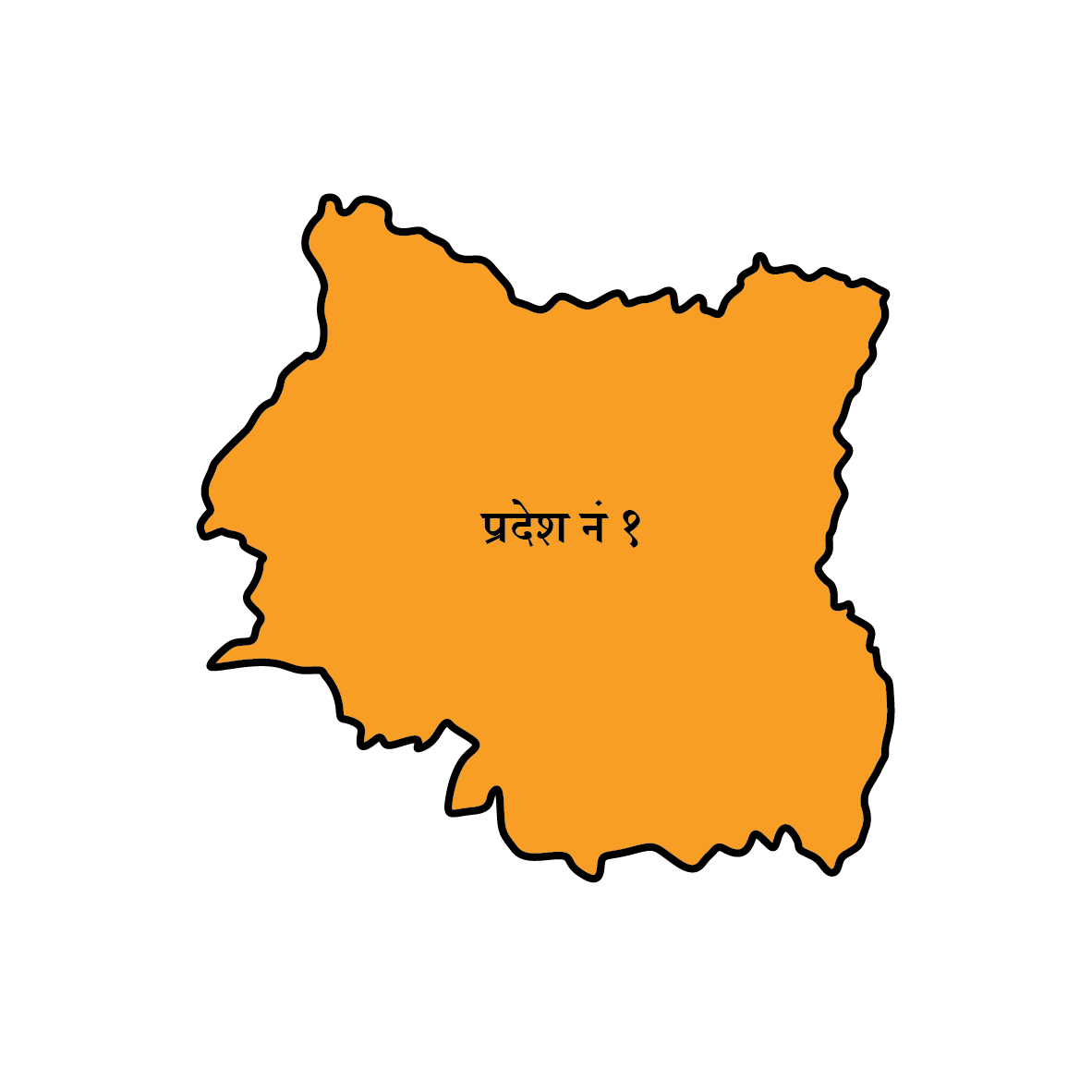 कोशी प्रदेश
कोशी प्रदेश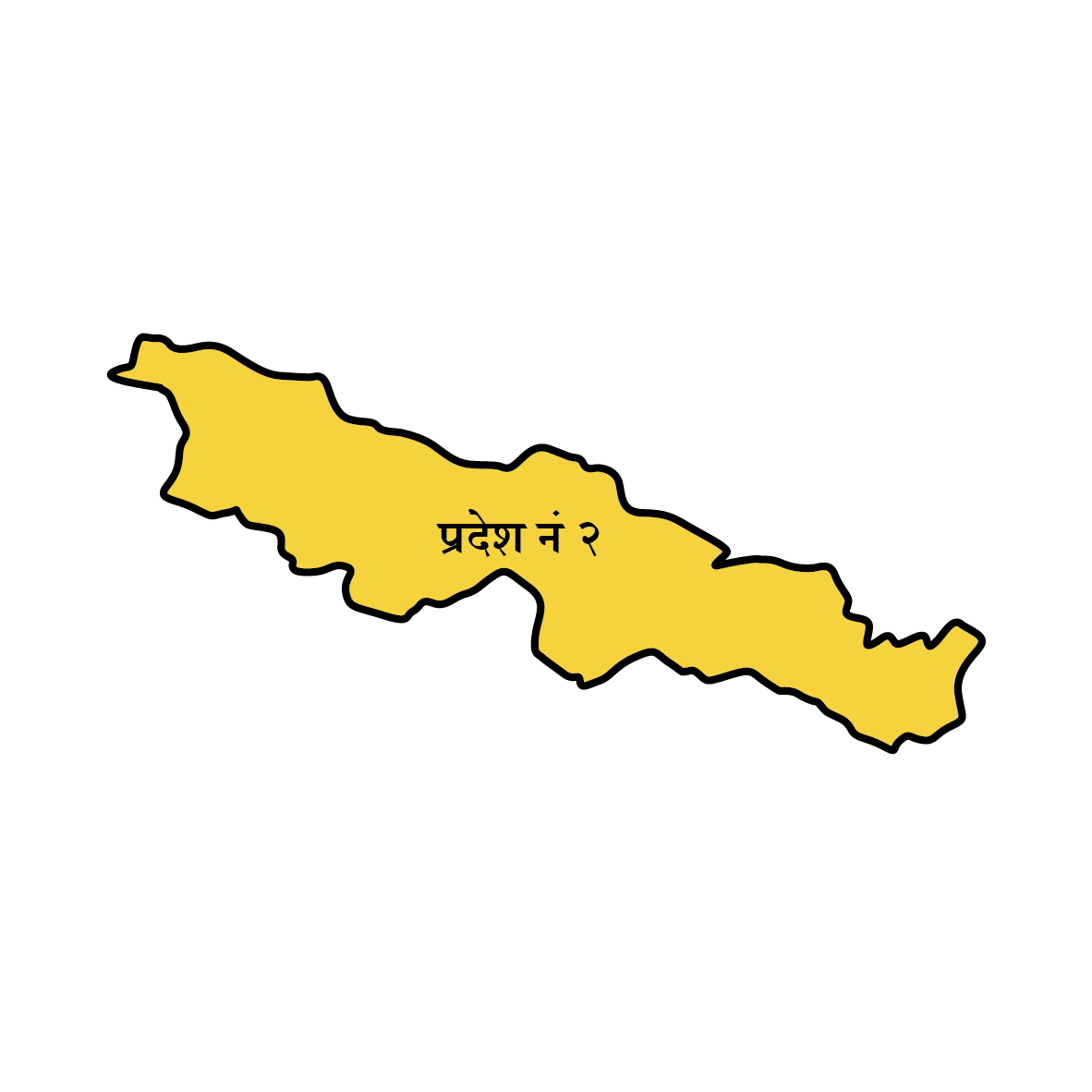 मधेश प्रदेश
मधेश प्रदेश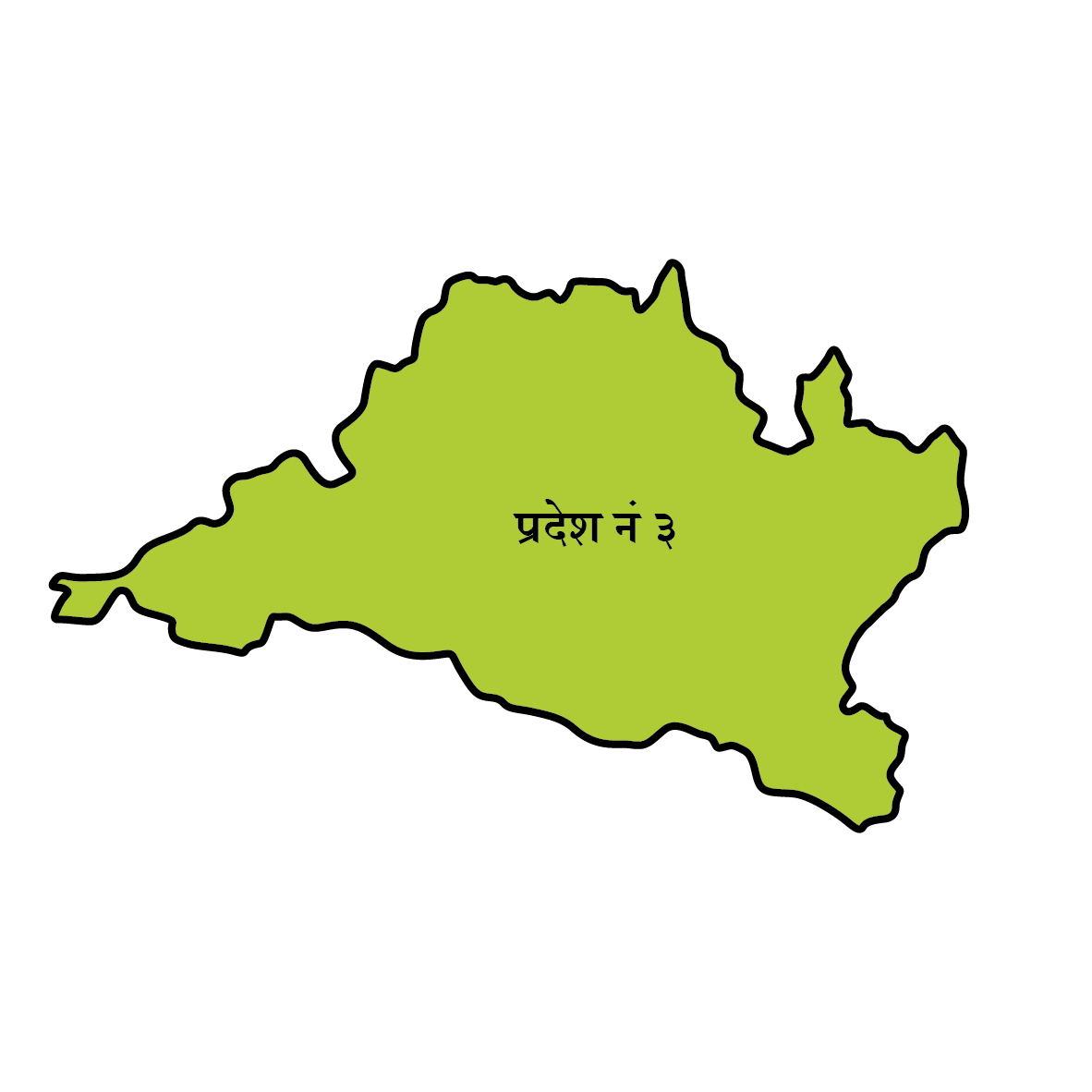 बागमती
बागमती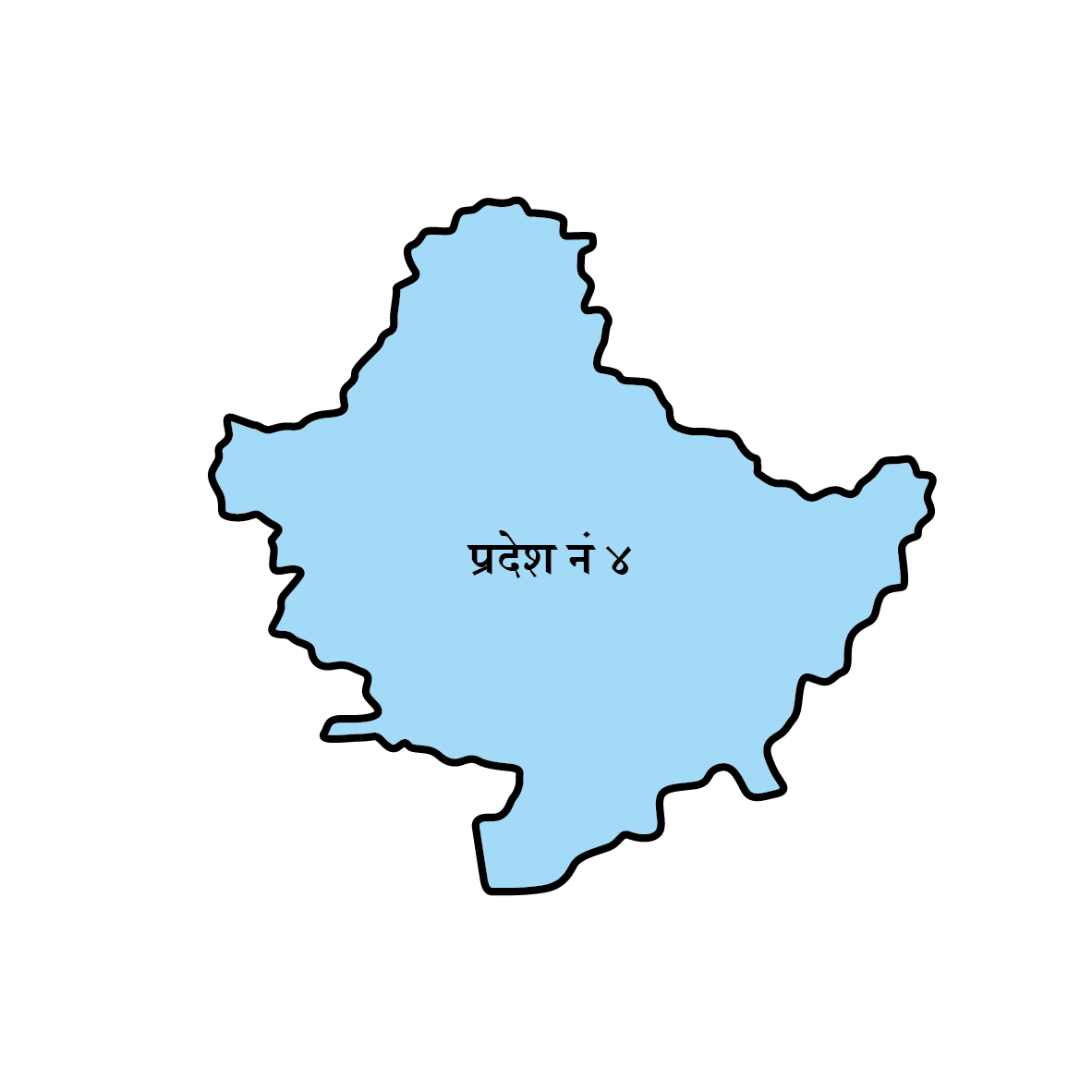 गण्डकी
गण्डकी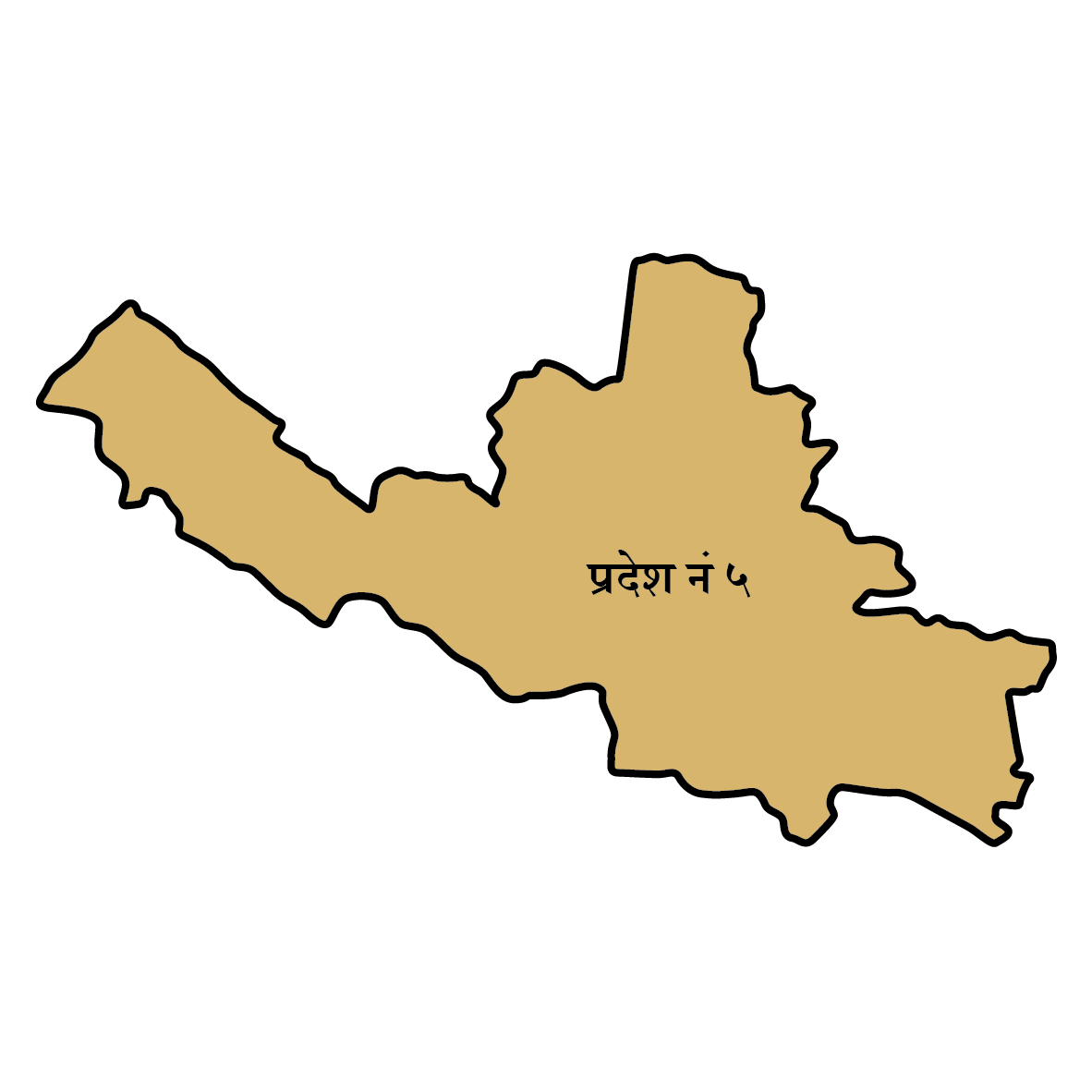 लुम्बिनी
लुम्बिनी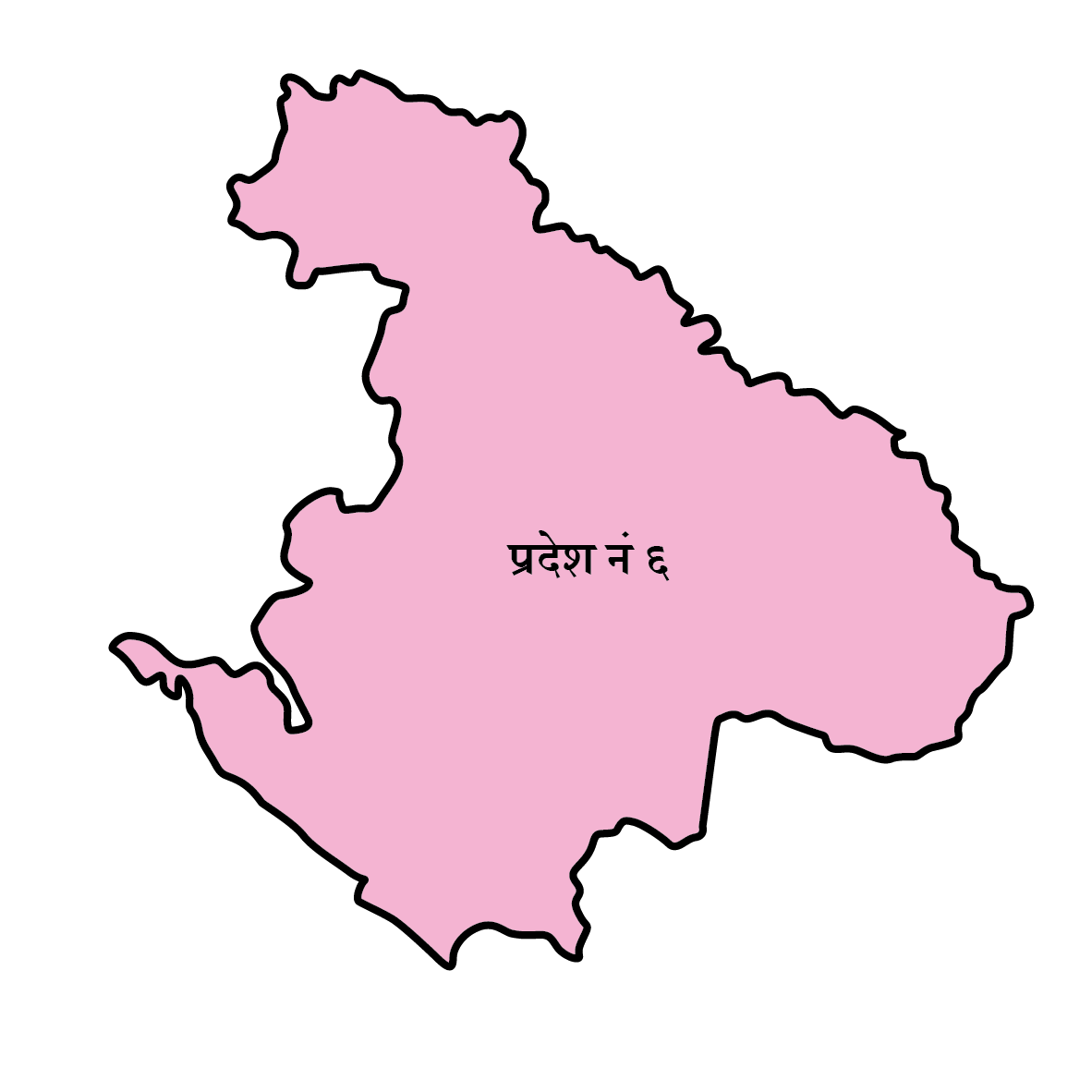 कर्णाली
कर्णाली 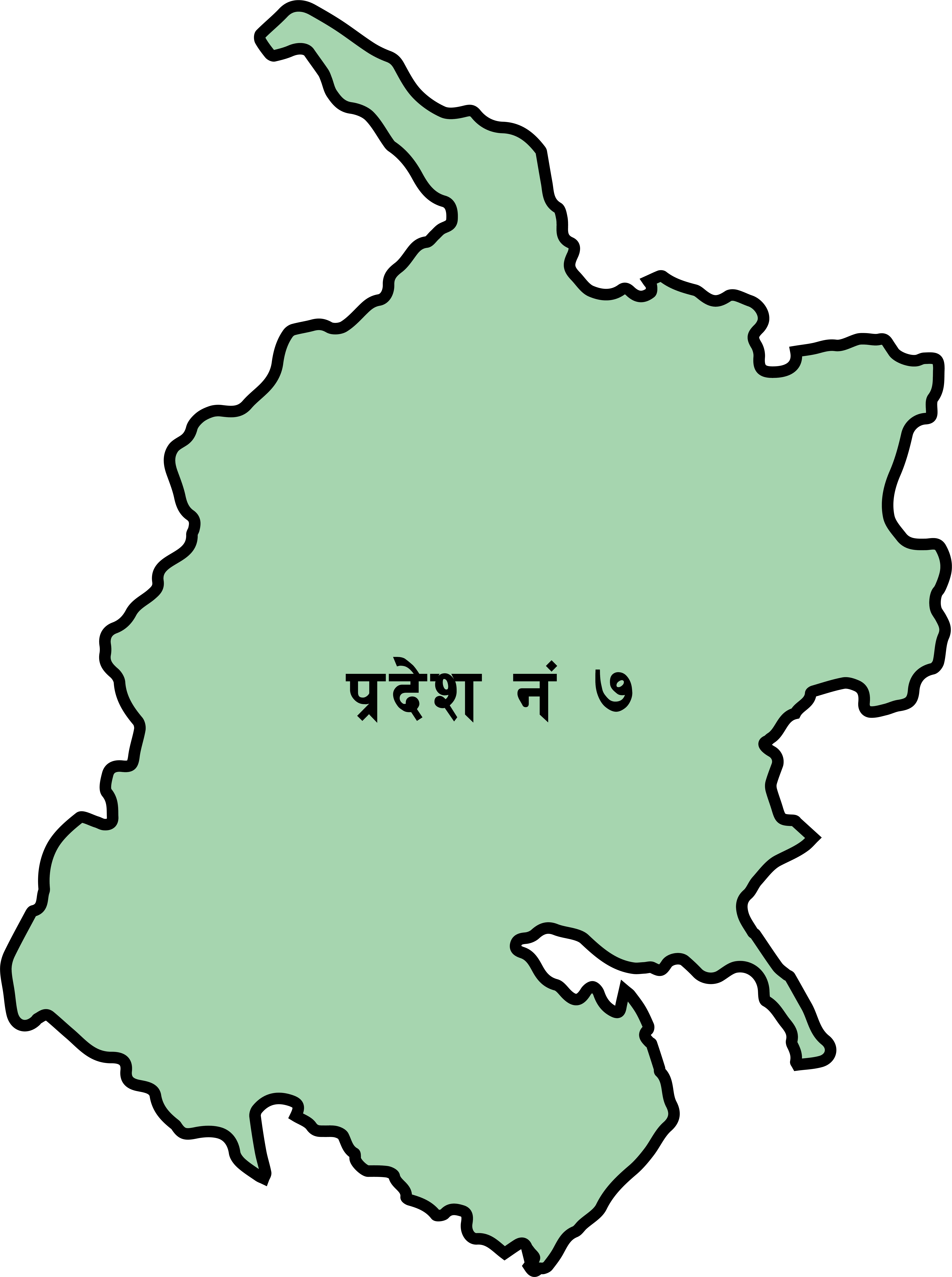 सुदूरपश्चिम
सुदूरपश्चिम
















